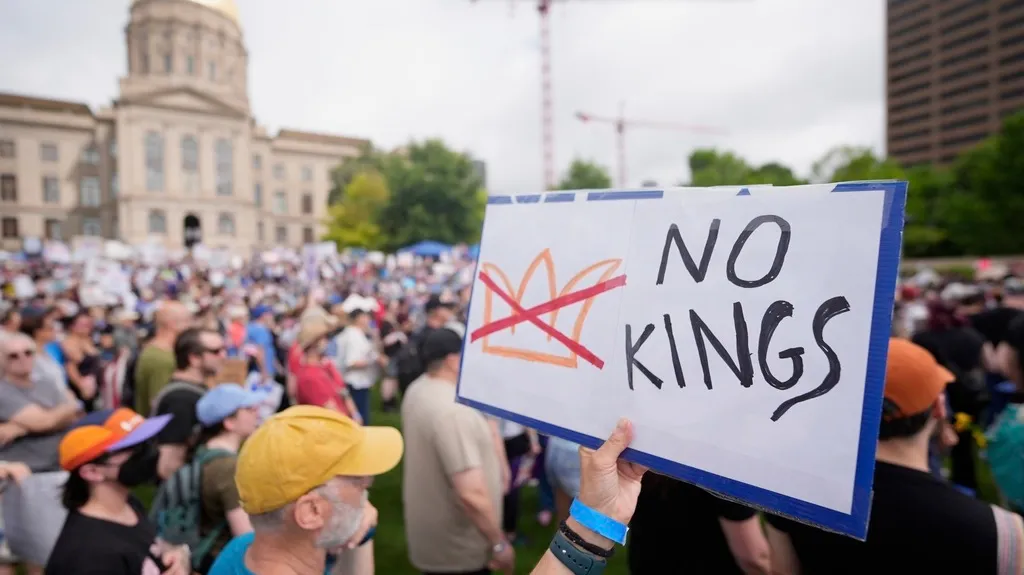December 3, 2021
New CDC Report Details Higher Impact of HIV/AIDS on African-American, Latinx Communities
Kilian Melloy READ TIME: 3 MIN.
A new CDC report shows how HIV/AIDS has impacted African-American and Latinx men who have sex with men (MSM).
The report, released Nov. 30, shows how "despite progress in reducing new HIV infections among gay and bisexual men overall, the HIV epidemic continued and was more severe among Black/African American and Hispanic/Latino gay and bisexual men from 2010 through 2019," text at HIV.gov says.
Furthermore, the new report "looks at the health inequities that exist in HIV prevention, diagnosis, and treatment among gay and bisexual men," text at the site adds.
The report's overview offered a thumbnail sketch of the findings, noting that "Gay and bisexual men account for about two-thirds (66%) of new HIV infections each year," and detailing the discrepancy between different demographics as far as the use of Pre-exposure Prophylaxis (PrEP) among HIV-negative men and the use of pharmaceutical regimens to bring viral loads down to undetectable levels among those who are HIV-positive."
The disparities between different demographics are telling.
"Only about 2 in 3 Black/African American (62%) or Hispanic/Latino (67%) gay and bisexual men with HIV were virally suppressed in 2019," the overview relayed, "compared with about 3 in 4 (74%) White gay and bisexual men."
It is widely accepted that an undetectable viral load means that a person living with HIV cannot transmit the virus to others through sexual contact, a tenet known among advocates as "U = U" ("Undetectable equals Untransmissable").
But not everyone can access testing or medical care, and those who encounter obstacles that prevent them from attaining effective medical intervention can continue to transmit the virus to others.
"From 2010 to 2019, new HIV infections declined among White gay and bisexual men but remained higher and relatively stable among Black/African American and Hispanic/Latino gay and bisexual men," the report's overview summarized.
"Social and structural barriers such as systemic racism, stigma, discrimination, homophobia, poverty, and homelessness can make it difficult to access HIV testing, care, and prevention services," the overview went on to note.
It also pointed out that testing for HIV is crucial because it enables people living with the virus to know their status and take steps to address it medically. "Gay and bisexual men who learn they have HIV can start and stay on HIV treatment, get the virus down to an undetectable level (become virally suppressed), live long and healthy lives, and prevent sexual transmission to others," the text detailed.
Also recommended is the use of a treatment regimen to help avoid contracting the virus.
"Gay and bisexual men who test negative can benefit from pre-exposure prophylaxis (PrEP)," the overview reiterated. "PrEP is highly effective in preventing HIV when taken as prescribed."
The goal of increasing rates of successful and prolonged viral suppression among those living with HIV is global and is seen as instrumental in eradicating AIDS.
But new research has identified another group needing greater focus: The young. Despite overall high rates of viral suppression among adults worldwide, "progress among children and adolescents is lagging and long-term viral suppression among all groups remains a challenge," a separate new study backed by the National Institutes of Health and published in medical journal the Lancet shows.
The study details the researchers' findings seeking to determine how successful a campaign launched in 2014 has been in reaching a goal of "95% of all people with HIV who are taking ART [antiretroviral therapy] achieving viral suppression by 2030."
Relying on data from nearly 300,000 patients worldwide – "more than 255,000 adults" and "more than 21,500 children and adolescents with HIV aged 17 years or younger" – researchers "estimated that among adults, 79% were virally suppressed after one year of ART, 72% after two years and 65% after three years.
"Among children and adolescents, 64% were virally suppressed after one year of ART, 62% after two years and 59% after three years," text at the NIH website went on to detail, illustrating how "lower rates of viral suppression among children and adolescents with HIV underscore the need to improve approaches for achieving durable viral suppression in these age groups."
Kilian Melloy serves as EDGE Media Network's Associate Arts Editor and Staff Contributor. His professional memberships include the National Lesbian & Gay Journalists Association, the Boston Online Film Critics Association, The Gay and Lesbian Entertainment Critics Association, and the Boston Theater Critics Association's Elliot Norton Awards Committee.


